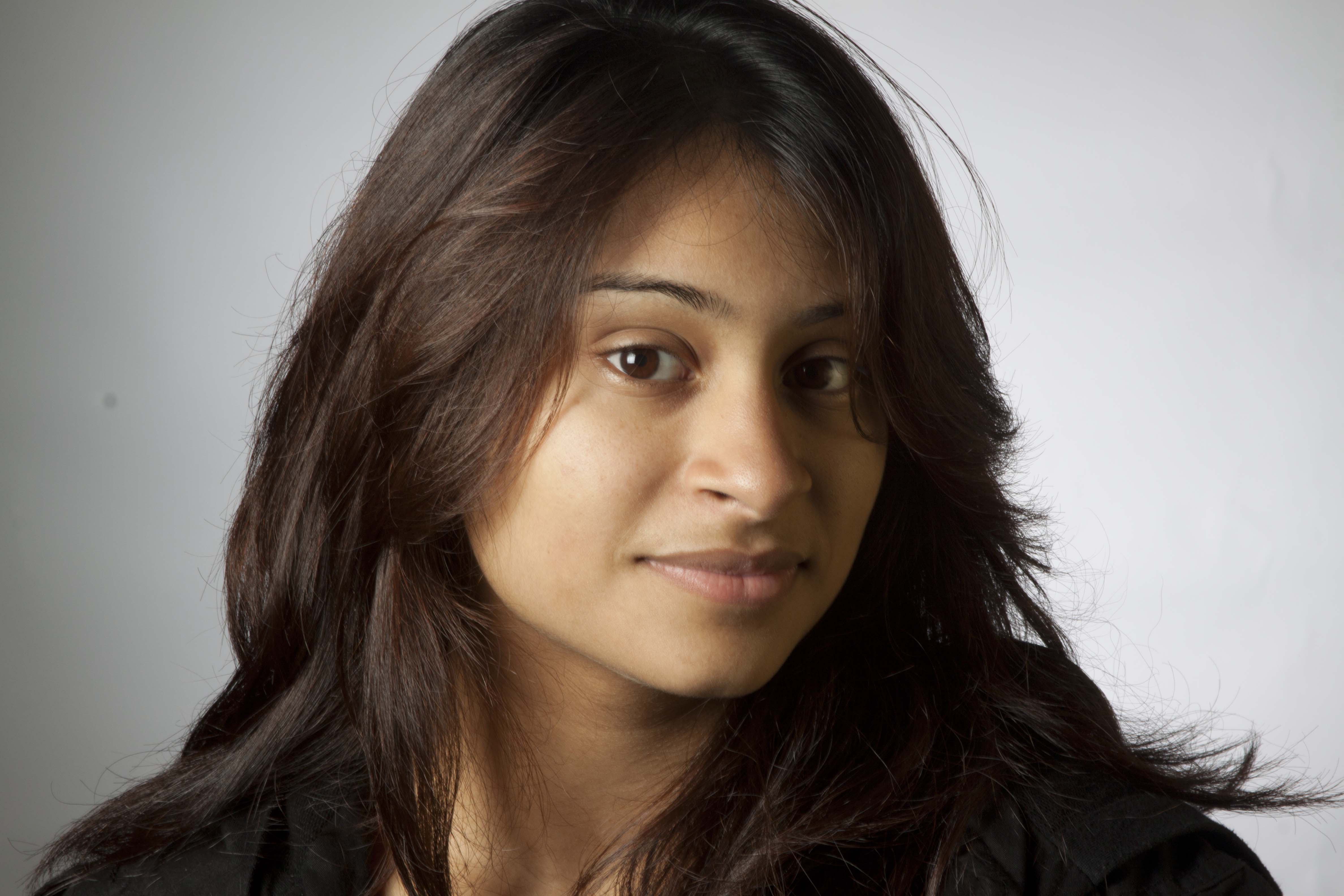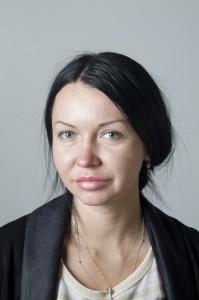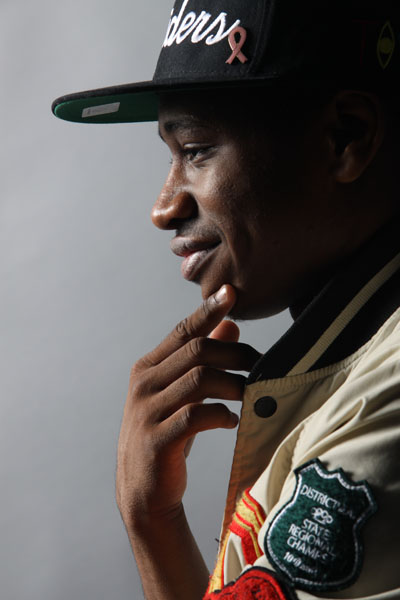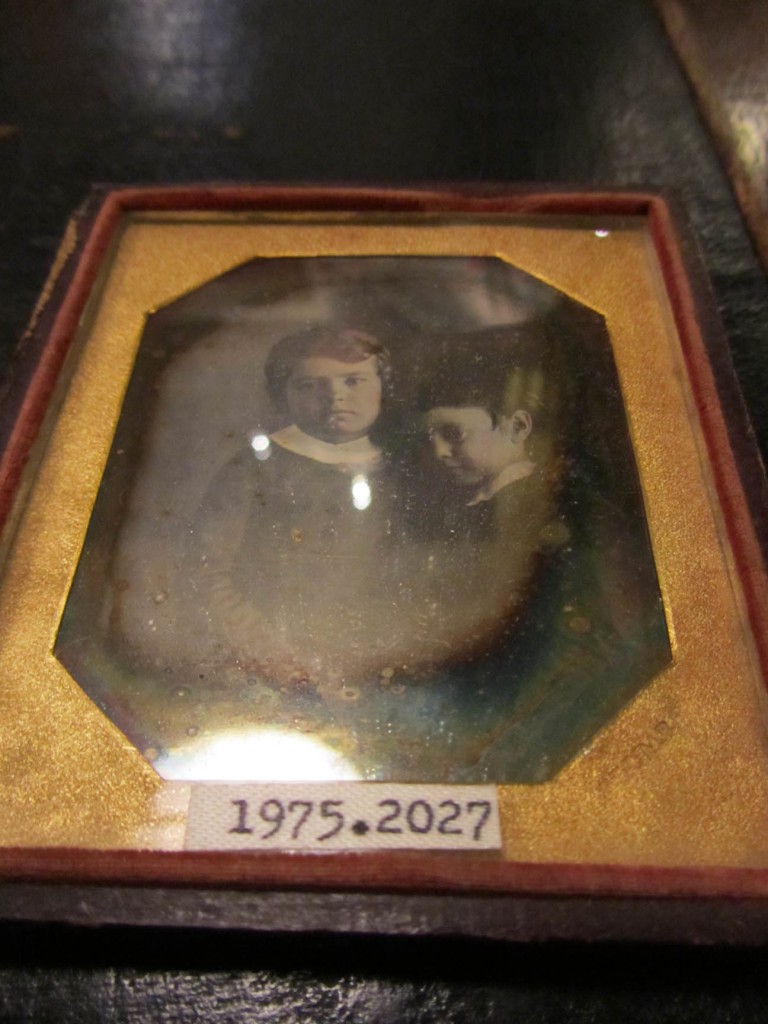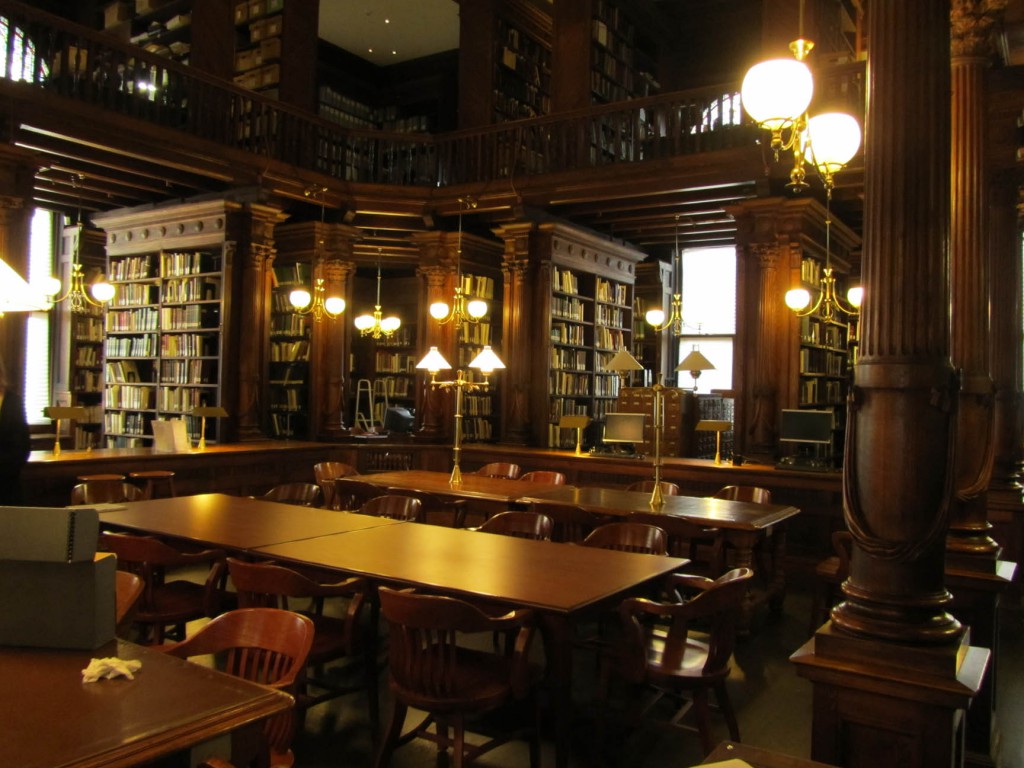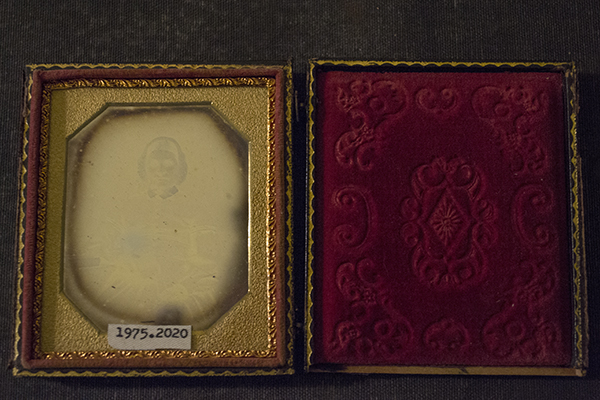1. What are important factors to consider when shooting a portrait?
The subject’s expression, the light and the shadows created by it, the frame (how and where you put your subject in the picture), in other words, the composition of the photograph is really important
2. What is the difference between broad and short lighting?
The shadows that are created, in broad the shadows are more emphasized, while in short lighting the tones between highlights and shadows are not that apart from each other.
3. In a classic basic portrait set up, what is the function of the main light?
To create shadows and highlights (contrast).
4. In a classic basic portrait set up, what is the function of the fill light?
To make the contrast not that drastic and more subtle.
5. In a classic basic portrait set up, what is the function of the background light?
To make the background stand more than the subject, and create a nice effect of backlight, or to separate the subject from the background.
One of the photographs we took last class that I liked the most is this one because it looks quite emotional. It looks as if the subject, Kassandra, was serious/sad and also I like the gradient created by the light.




